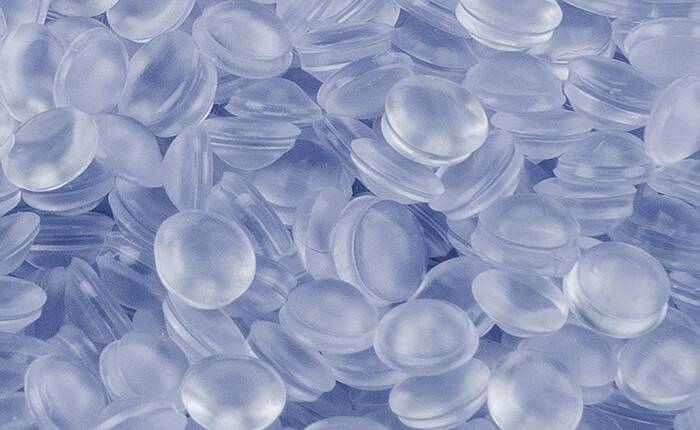making indigo dye products
The Art and Science of Making Indigo Dye Products
Indigo dye, known for its rich, deep blue hue, has been a beloved color source for thousands of years, transcending cultures and continents. From ancient textiles to modern fashion, the process of making indigo dye products is an intriguing blend of traditional craftsmanship and contemporary innovation. This article explores the history, the process of creating indigo dye, and its applications today.
The Historical Context
Indigo dye has its roots in various ancient civilizations. Archaeological evidence indicates that it was used in Egypt as far back as 2500 BCE, while in India, the indigo plant was cultivated extensively and became a significant export. The pigment itself comes from the leaves of the *Indigofera* plant, primarily *Indigofera tinctoria*. The dyeing process is labor-intensive and intricate, involving fermentation and oxidation, delivering colors that have stood the test of time.
The trade of indigo became particularly prominent during the colonial era, leading to economic benefits but also dubious practices, such as forced labor on plantations. As synthetic dyes emerged in the 19th century, the demand for natural indigo waned; however, the revival of interest in sustainable, eco-friendly products has resurrected this ancient dyeing technique.
The Process of Making Indigo Dye
Creating indigo dye is a fascinating journey that can be broken down into several key steps
1. Harvesting the Leaves Farmers traditionally harvest indigo leaves when they are at their peak. The freshness of the leaves is crucial as it directly impacts the quality of the dye produced.
2. Fermentation After harvesting, the leaves are soaked in water to initiate fermentation. This process breaks down the plant material, releasing the indigo pigment. The duration of fermentation can vary, but it typically lasts about 12 to 24 hours, depending on the desired color strength.
making indigo dye products

3. Extraction Following fermentation, the mixture is agitated to create a froth, which helps release the indigo pigment. This pigment is then separated from the remaining plant materials and settled to the bottom of the container.
4. Oxidation The extracted pigment, known as indigotin, is a yellow-green compound that must be oxidized to turn blue. This is typically achieved by exposing it to air. During this phase, the color transformation occurs, and the resulting indigo paste can be dried and powdered for easier storage.
5. Dyeing Fabrics To dye fabrics, the indigo powder is mixed with a reducing agent (often made from lime and sugar) to create a dye bath. Materials like cotton, silk, or wool are then submerged in this bath. The fabric is often dipped multiple times to achieve the desired shade of blue, allowing it to oxidize between dips for maximum color intensity.
Modern Applications of Indigo Dye
Indigo dye finds applications in various fields today, especially in fashion and home textiles. As the slow fashion movement gains traction, designers are rediscovering the beauty of natural dyes. Indigo-dyed fabrics are not only appreciated for their unique aesthetic but are also valued for their sustainability, as the production process is less harmful to the environment than synthetic alternatives.
In addition to clothing and accessories, indigo dye is also used in home decor products such as curtains, cushion covers, and tapestries, contributing to a timeless and organic feel in interior design. The combination of traditional techniques with contemporary styles has led to a resurgence of interest in indigo-dyed items among eco-conscious consumers.
Moreover, the therapeutic qualities of indigo—known for its cooling and calming effects—are recognized in some cultures, making it a sought-after color in wellness and mindfulness products.
Conclusion
The journey of making indigo dye products is a beautiful tapestry woven from history, craftsmanship, and ecological awareness. As we move towards more sustainable and mindful practices in various industries, the value of natural dyes like indigo becomes even more apparent. Embracing these age-old techniques not only preserves cultural heritage but also promotes an environmentally friendly approach to fashion and design. Whether through artisanal craftsmanship or innovative textiles, indigo dye continues to inspire and enchant, ensuring its place in the world of color for generations to come.
-
The Timeless Art of Denim Indigo Dye
NewsJul.01,2025
-
The Rise of Sulfur Dyed Denim
NewsJul.01,2025
-
The Rich Revival of the Best Indigo Dye
NewsJul.01,2025
-
The Enduring Strength of Sulphur Black
NewsJul.01,2025
-
The Ancient Art of Chinese Indigo Dye
NewsJul.01,2025
-
Industry Power of Indigo
NewsJul.01,2025
-
Black Sulfur is Leading the Next Wave
NewsJul.01,2025

Sulphur Black
1.Name: sulphur black; Sulfur Black; Sulphur Black 1;
2.Structure formula:
3.Molecule formula: C6H4N2O5
4.CAS No.: 1326-82-5
5.HS code: 32041911
6.Product specification:Appearance:black phosphorus flakes; black liquid

Bromo Indigo; Vat Bromo-Indigo; C.I.Vat Blue 5
1.Name: Bromo indigo; Vat bromo-indigo; C.I.Vat blue 5;
2.Structure formula:
3.Molecule formula: C16H6Br4N2O2
4.CAS No.: 2475-31-2
5.HS code: 3204151000 6.Major usage and instruction: Be mainly used to dye cotton fabrics.

Indigo Blue Vat Blue
1.Name: indigo blue,vat blue 1,
2.Structure formula:
3.Molecule formula: C16H10N2O2
4.. CAS No.: 482-89-3
5.Molecule weight: 262.62
6.HS code: 3204151000
7.Major usage and instruction: Be mainly used to dye cotton fabrics.

